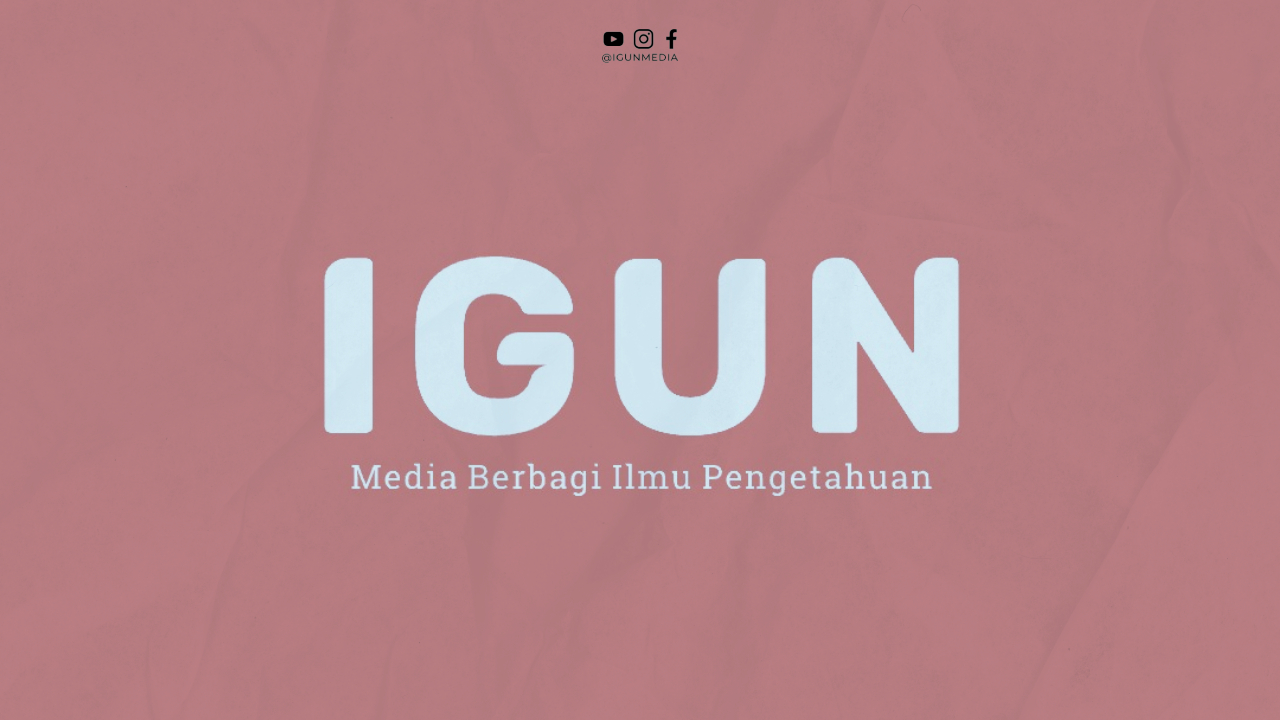Introduction
Language is a powerful tool that enables us to communicate, express our thoughts, and connect with others. However, the diversity of languages around the world can sometimes act as a barrier, hindering effective communication. This is where translation comes into play, serving as a bridge that brings people from different cultures together. In this article, we will explore the fascinating world of translation, its importance, and how it has evolved over time.
The Role of Translation
Translation, in its simplest form, is the process of converting words or text from one language into another while preserving the meaning and context. Its primary goal is to break down language barriers and facilitate communication between individuals who speak different languages. Whether it’s translating a novel, website content, legal documents, or even conversations, the role of translation is fundamental in fostering understanding and promoting cultural exchange.
Types of Translation
Translation encompasses various forms, each with its nuances and requirements:
- Literary Translation: This involves translating literary works such as novels, poems, or plays. The translator’s task is not only to convey the words but also to capture the style, tone, and emotions of the original piece.
- Technical Translation: Technical documents, manuals, or scientific papers often require translation. Accuracy and precision are crucial in this type of translation to ensure that specialized terminology is correctly rendered.
- Audiovisual Translation: Films, TV shows, and videos often need subtitles or dubbing to reach a wider audience. Audiovisual translation involves adapting and conveying the dialogues, capturing the essence of the original content while synchronizing with the visuals.
- Legal Translation: Legal translation deals with translating legal documents, contracts, or court proceedings. It requires a deep understanding of legal terminology and the legal systems of both the source and target languages.
The Evolution of Translation
Translation has come a long way, evolving alongside advancements in technology:
Manual Translation
In the past, translation was primarily done manually, relying on the expertise of human translators. While this method is still widely used today, the emergence of technology has revolutionized the translation industry.
Machine Translation
The introduction of machine translation, or automated translation, marked a significant shift in the translation landscape. Using complex algorithms, computers can now translate text from one language to another. However, the accuracy and nuances of machine translation still pale in comparison to human translation.
Computer-Assisted Translation (CAT)
CAT tools have become invaluable assets for translators. These software applications aid human translators by providing translation memories, glossaries, and terminology databases. CAT tools enhance efficiency, consistency, and accuracy, making the translation process more streamlined.
Neural Machine Translation (NMT)
Recent advancements in artificial intelligence have led to the development of Neural Machine Translation. NMT utilizes deep learning algorithms to improve translation quality and fluency. It has significantly narrowed the gap between machine translation and human translation, offering more reliable results.
The Importance of Quality Translation
When it comes to translation, quality is paramount. Poorly translated content can lead to misunderstandings, misinterpretations, and even legal complications. Here are a few reasons why investing in high-quality translation is crucial:
Preserving Cultural Nuances
Language is deeply intertwined with culture. A skilled translator ensures that the cultural nuances, idioms, and expressions unique to a particular language are accurately conveyed in the target language, preventing misunderstandings and preserving the authenticity of the content.
Building Trust and Credibility
For businesses expanding globally, professional translation is essential for building trust and credibility. A well-translated website, product descriptions, and marketing materials can significantly impact how potential customers perceive a brand, leading to increased sales and customer satisfaction.
Legal and Regulatory Compliance
Legal and regulatory documents require precise translation to ensure compliance with local laws and regulations. Inaccurate translations may result in legal repercussions or financial loss. Professional translators with expertise in the legal field play a vital role in this regard.
The Future of Translation
The future of translation holds exciting possibilities:
Improved Machine Translation
As technology continues to evolve, machine translation algorithms will become more sophisticated, enabling higher accuracy and greater fluency. The combination of artificial intelligence and big data will enhance the capabilities of machine translation systems.
Augmented Reality Translation
With the rise of augmented reality (AR) technology, real-time translation using AR glasses or smartphone apps is becoming a reality. This innovation will revolutionize travel, business meetings, and cultural experiences by instantly translating spoken or written language in real-time.
Collaborative Translation Platforms
Translation platforms that facilitate collaborative efforts between human translators and machine translation systems are gaining popularity. These platforms leverage the strengths of both humans and machines, ensuring faster turnaround times without compromising quality.
Conclusion
Translation is an indispensable tool in our increasingly interconnected world. It enables us to transcend language barriers, fostering understanding, cultural exchange, and collaboration. As technology continues to advance, the future of translation holds immense potential, promising more accurate and efficient ways to bridge the gap between languages and cultures.

